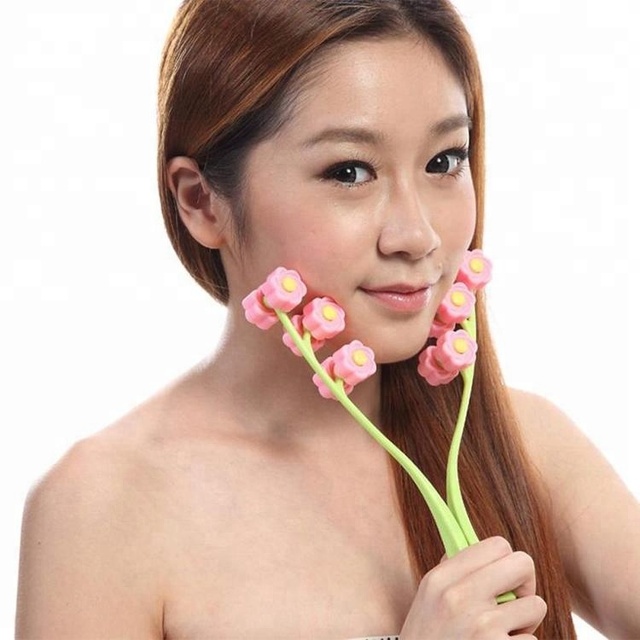Scraping as a traditional treatment method has a long history and significant effects on promoting blood circulation and regulating the balance of Yin and Yang in the body. This method achieves various health benefits by exerting force on the skin surface through scraping.
Back scraping is particularly popular as it effectively regulates the body’s Yin and Yang states. In traditional Chinese medicine, the body maintains a balance of Yin and Yang in a healthy state, but external factors or internal issues may disrupt this balance, leading to various illnesses. Scraping helps restore the balance of Yin and Yang through the selection of specific acupuncture points and different scraping intensities. It shows a bidirectional regulatory effect on blood pressure, improving it whether it is high or low.
Blood circulation and dispersing blood stasis are another important function of scraping. When the body is injured and blood stasis forms or when the meridians are blocked, scraping promotes local blood circulation, accelerates the absorption of blood stasis, relieves pain, and achieves the effect of “pain relief without stagnation.” In addition, scraping can also clear heat and reduce swelling, helping release internal heat toxins through the skin. Scraping can also promote the dispersal of lumps and wind symptoms caused by phlegm dampness.
Scraping also has the ability to resolve phlegm, relieve spasms, soften hard masses, and dispel pathogenic factors by stimulating the skin to produce scraping marks, expelling pathogenic factors outward, and keeping the meridians clear. Additionally, it can relax tense muscles, relieve pain, and promote lesion repair. Scraping enhances blood circulation, speeds up the elimination of toxins from the body, purifies the blood, and boosts overall resistance. Regular back scraping, once a day, can lead to observable improvements in the short term, such as relief from constipation, and in the long term, it can help with weight management and reduce abdominal fat.
When scraping, attention should be paid to the following: firstly, choose the scraping location and technique according to individual constitution and condition. Secondly, gently scrape from the bottom to the top for patients with varicose veins. Thirdly, avoid direct drafts during scraping. Moreover, it is not advisable to use non-professional tools for scraping; it is recommended to use dedicated scraping oil. For those sensitive to pain, preheating can reduce discomfort. During scraping, scrape in one direction, do not force excessive scraping, keep the movements gentle, stay warm, and avoid exposure to cold wind.
In conclusion, scraping as a natural therapy has many benefits, but it should be carried out following the correct method and paying attention to relevant contraindications to ensure safety and effectiveness.


